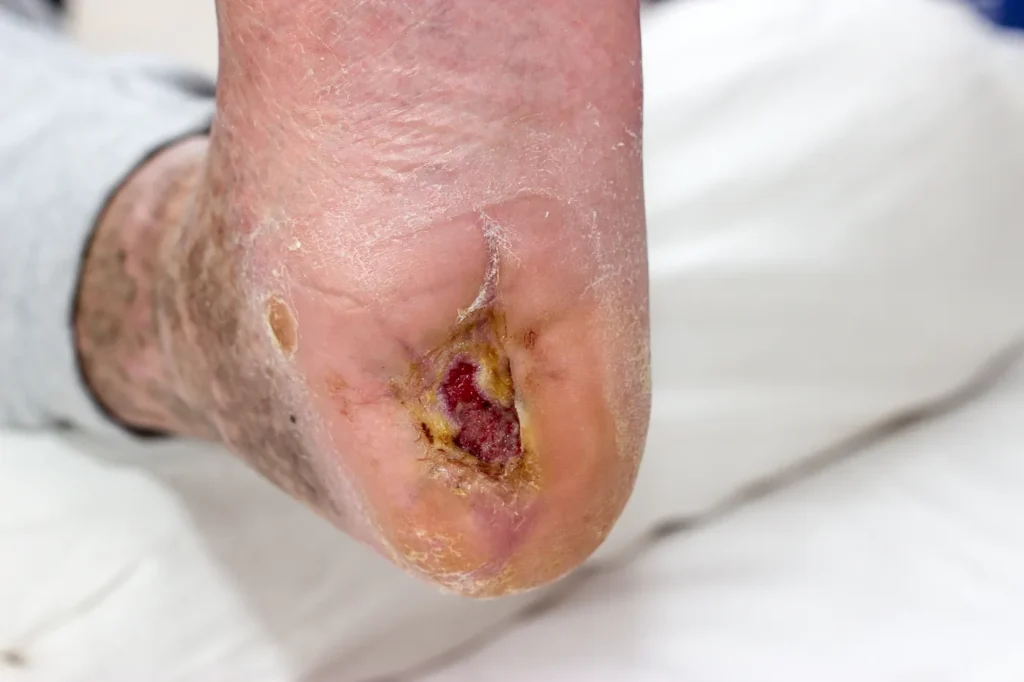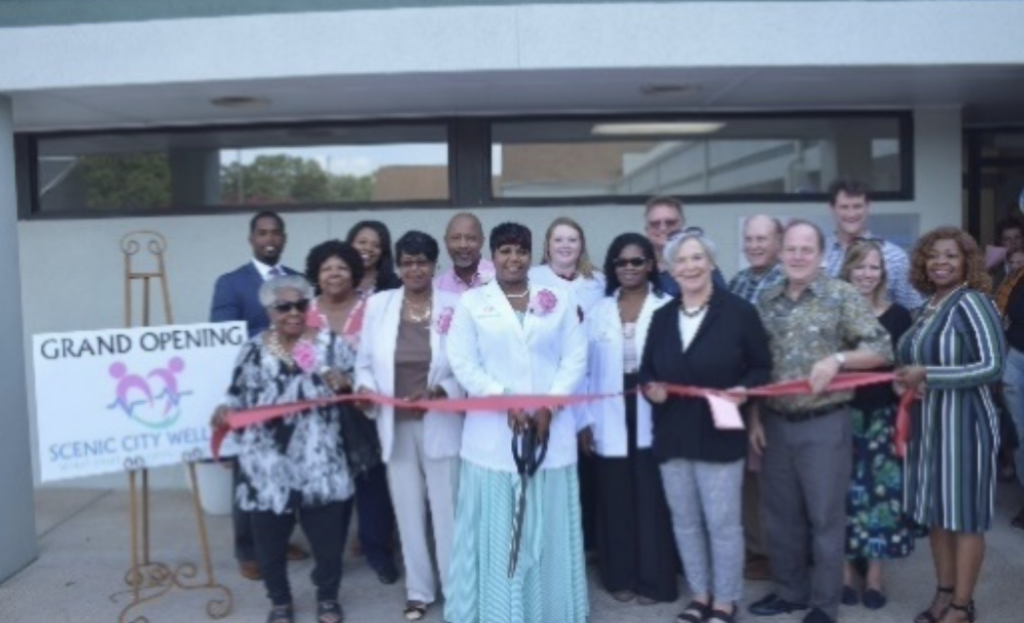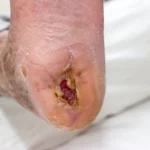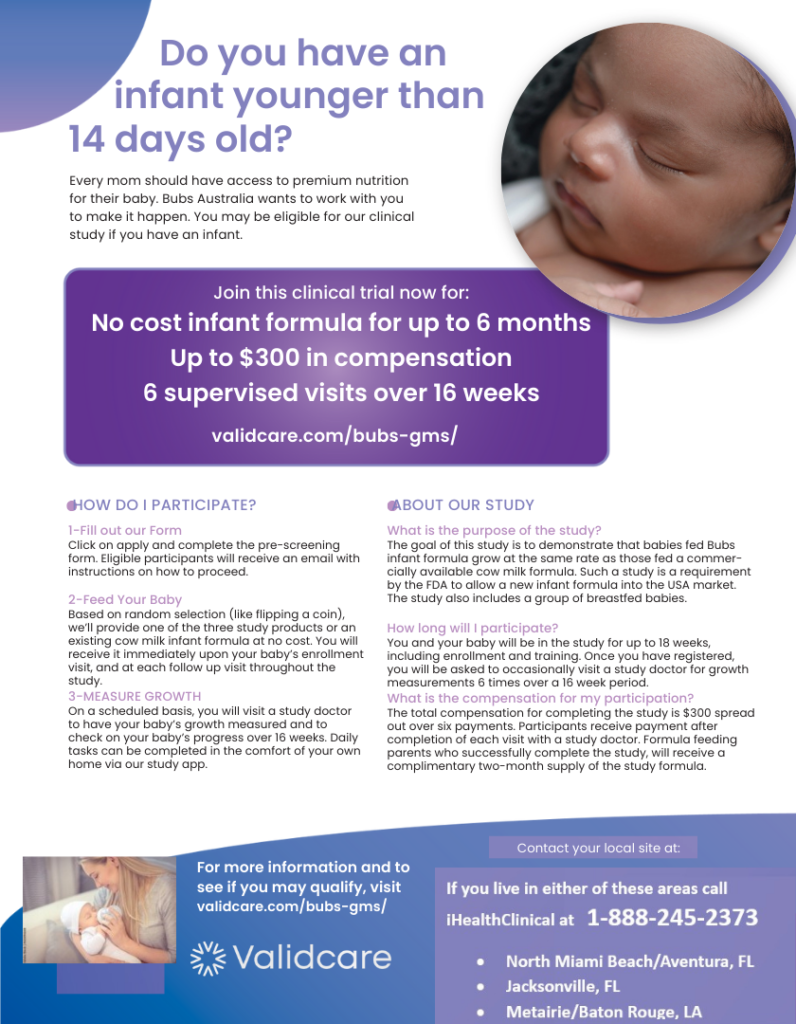The Transformative Role of AI in Clinical Trials
Mar 22, 2025Navigating Greek Life in College with Type 1
Jan 15, 2025The Awesomeness of the Patient Professor Academy
Dec 23, 2024Giving Thanks
Nov 23, 2024Diversity in Clinical Trials: Advancing Care Through Community Engagement
- Nadine Spring, PhD
- 6 Minutes Read Time
Diversity in Clinical Trials is critical to advancing equitable care. Throughout my career in public health and clinical trials, one of the common themes I have noticed is that people, including many healthcare providers, are unaware of the true components of clinical trials. There are so many myths about what clinical trials actually are. In actuality, clinical trials offer hope, and they are the means to advance care for all. Having representation in clinical trials can help to bridge many health equity gaps. Clinical trials are the cornerstone of medical advancements, and it’s through clinical trials that we gain data on the safety and efficacy of new treatments. For these trials to be truly effective and representative, they must include diverse populations. Historically, clinical trials have often underrepresented minority groups, leading to a gap in medical knowledge and contributing to healthcare disparities. To bridge this gap, it is important to emphasize community engagement and revise eligibility criteria to ensure broader participation. I took the task of writing this article to highlight the importance of diversity in clinical trials, historical injustices, and strategies to enhance community involvement.
Diversity in Clinical Trials
The history of clinical trials is marred by unforgettable ethical breaches and injustices, particularly against underserved populations. Some examples include the Tuskegee Syphilis Study, where African American men were deliberately left untreated to study the progression of syphilis, and the exploitation of Henrietta Lacks’ cells without her consent. These incidents have contributed to a deep mistrust of medical research within minority communities, posing a significant barrier to participation in clinical trials. This mistrust is rightfully so. Our communities have been exploited in the name of research. However, at the same time, I am thankful for the steps taken to ensure that these atrocities never happen again. We need to continue to ensure that there are checkpoints in place to ensure the ethical practices of medical research studies. By not participating in medical studies, underserved populations are hindering the progress of advancing medicine and science for all.
Diverse clinical trials ensure that data reflects the genetic, environmental, and lifestyle variations across different populations. This diversity is needed for developing treatments that are effective for all segments of the population, not just a select few. For example, certain drugs may metabolize differently in individuals of different ethnic backgrounds, and this can impact their efficacy and safety. Without diverse participation, medical providers won’t know what the best therapies are, and it can lead to treatments that may not be universally effective or safe.

Underrepresented populations often experience higher rates of certain diseases and poorer health outcomes. By including these groups in clinical trials, researchers can identify factors contributing to these disparities and develop targeted interventions. This approach not only helps in tailoring treatments to meet the specific needs of these communities, but also works towards achieving health equity, where we can ultimately envision a world with precision and targeted medicines.
Ensuring diversity in clinical trials is also a matter of research ethics. It respects the principle of justice, which demands that all groups have equal access to the benefits of research. Excluding certain populations from trials means they are also excluded from the potential benefits of new treatments, perpetuating health inequities.
I often say that we should not make decisions about community clinical trials without the community driving it. Community engagement is an important strategy in overcoming the historical mistrust and ensuring diverse
participation in clinical trials. Effective community engagement involves building trust, establishing partnerships, and maintaining open communication with underserved communities. Trust is a foundation to encouraging participation in clinical trials. Let’s remember that this mistrust is rightfully so. Researchers and pharmaceutical companies must work to rebuild trust through transparency, demonstrating respect, and showing long-term commitment to the community’s well-being. This can be achieved by involving community leaders and stakeholders in the research process ensuring that the community’s concerns and needs are addressed.
Partnering with local organizations, health centers, and community groups can facilitate access to minority populations. Funding local sports teams also goes a long way. It shows commitment to these communities. These partnerships can help in disseminating information about clinical trials, addressing misconceptions, and providing support to potential participants. By collaborating with trusted entities, researchers can enhance their credibility and reach within the community.

Developing clear, culturally sensitive communication is important. Far too often, I have seen marketing materials geared toward people who look like me, and it’s insulting. Who approved this? We need to ensure that communication is also culturally congruent. This involves providing information in multiple languages, using understandable terminology, and being transparent about the trial’s purpose, procedures, risks, and benefits. Open communication helps in demystifying the research process and alleviating fears.
A barrier to diversity in clinical trials is the stringent eligibility criteria that often exclude minority participants. My very own doctoral research project revealed this. The lab thresholds used to determine eligibility criteria often exclude underserved populations. The average person living with the condition being studied then does not meet the criteria for entrance into the study. We need to address this. Stringent eligibility criteria may limit the inclusion of individuals with comorbid conditions or those from lower socioeconomic backgrounds, who are disproportionately affected by certain diseases. Researchers need to consider revising eligibility criteria to be more inclusive. This might involve allowing individuals with controlled comorbid conditions or adjusting age limits. By making the clinical trials eligibility criteria reflect the real world, trials can better reflect the real-world population that will use the treatments.
Adaptive trial designs that can accommodate a wider range of participants are another solution. These designs allow for modifications based on interim results and analyses, which can help in addressing unforeseen barriers to participation and ensuring that diverse groups are adequately represented.
Addressing logistical barriers such as transportation, childcare, and time off work are great stratagies. Providing compensation, flexible scheduling, and support services can make participation more feasible for individuals from diverse backgrounds.
Diversity in clinical trials is not just a scientific necessity but a moral imperative. It ensures that the benefits of medical research are equitably distributed and that treatments are effective for all populations. Overcoming historical injustices and mistrust requires a concerted effort in community engagement, building trust, and revising stringent eligibility criteria. By prioritizing diversity and inclusivity, we can advance healthcare for underserved communities and move closer to achieving health equity. Through these efforts, clinical trials can truly serve their purpose of improving health outcomes for everyone.
Dr. Nadine Spring works as a Assistant Professor and Associate Director, Public Health Program for the University of Bridgeport and as the CEO and Founder of SpringWell360 LLC. A true champion in the healthcare industry, Nadine, was recently named one of the 40 Under 40 Public Health Catalyst Awardees by the Boston Congress of Public Health, Publisher of BCPH Review. She strives to increase diversity in clinical trials, achieve public health equity while minimizing health disparities and teach health and wellness for individuals and corporations. SpringWell360 LLC tackles healthcare disparities by providing training and advocating for diversity in clinical trials and fostering inclusivity in medical studies.


















1 Comment
Neeba Wilson
23rd Jan 2025This is such an important point. Without diversity in research, we risk developing solutions that don’t work as well.